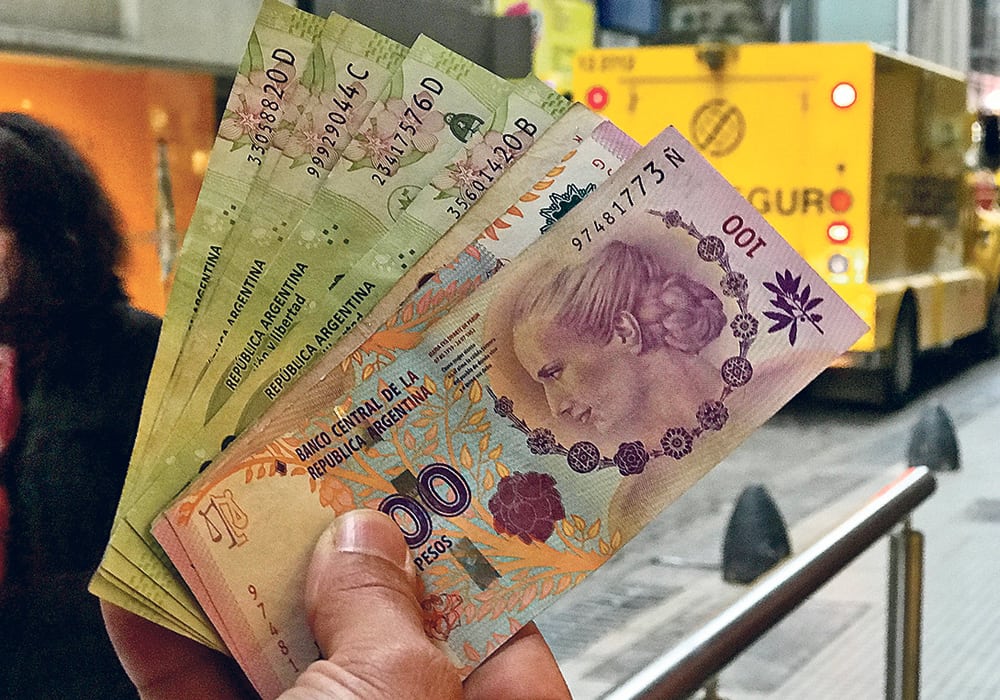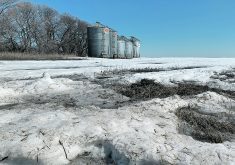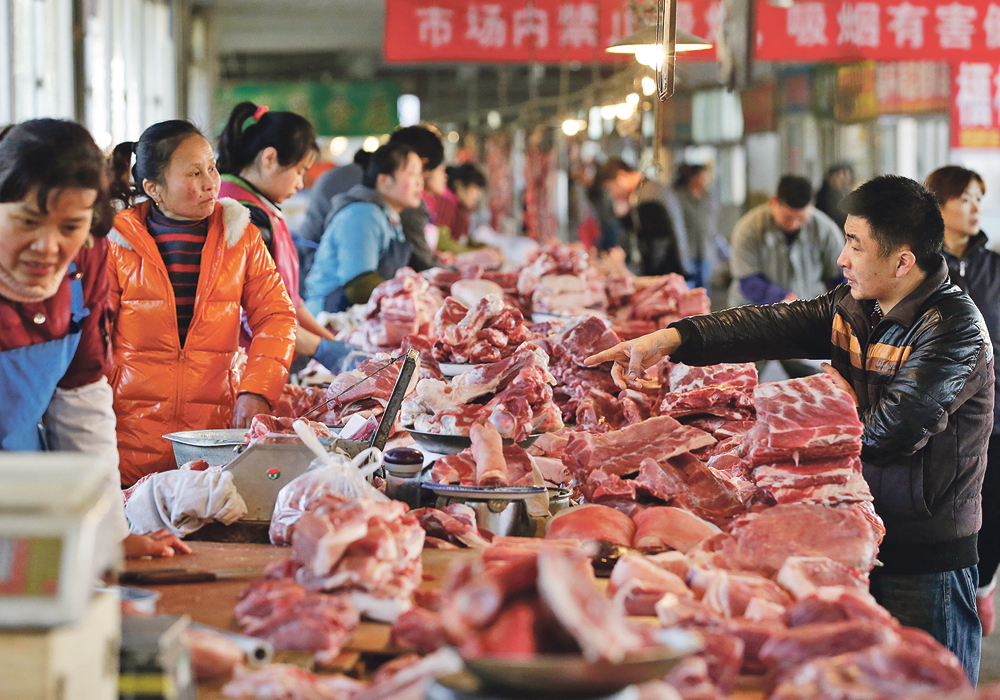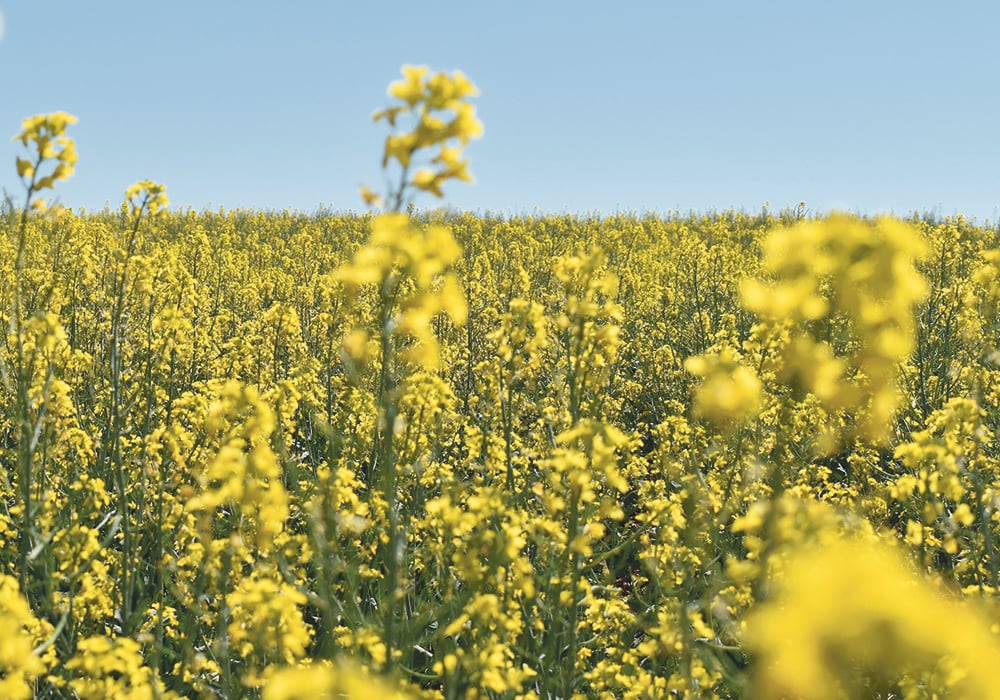You’ve likely already heard about Turkey’s plunging currency problem and how that has the potential to hurt its ability to buy lentils from Canada.
The wider worry is that Turkey’s problems could get international investors looking at other currencies around the world and start to sell them off, too.
And while it is not a wholesale panic as I write this, other currencies are falling.
Argentina’s peso has plunged in value against the American dollar, and to try to stop the fall its central bank raised its benchmark interest rate to 60 percent and the government asked the International Monetary Fund for a bailout.
Read Also

Critical growing season is ahead for soybeans
What the weather turns out to be in the United States is going to have a significant impact on Canadian producers’ prices
According to data from Bloomberg, from Jan. 1 to Aug. 30 the Argentine peso was down 54 percent against the U.S. dollar, the Turkish lira was down 43.5 percent, the Brazilian real down 20 percent, the Russian ruble down 15.6 percent and the Indian rupee down 9.7 percent.
Each situation differs in its details, but broadly there is a flight to the security of the U.S. dollar, partly because of the worries about President Donald Trump’s aggressive trade policies and also partly because the U.S. Federal Reserve says it still expects to raise interest rates gradually but steadily to control inflation in the U.S., where the economy is booming.
Canada’s currency has held fairly firm against the U.S. buck, even though there is much uncertainty about how the Canada-U.S.-Mexico trade talks are proceeding.
The loonie has been supported by strong crude oil prices and good economic growth, although not quite as strong as what analysts expected.
The Canada-U.S. exchange rate obviously has a much bigger effect on Canadian agriculture than the currency moves of other countries, but the developments in the peso or lira or ruble are not irrelevant here.
As the American dollar appreciates against other countries, it gets more expensive for those with weak currencies to buy American goods, including agricultural products.
When they buy from cheaper sources, it causes American exports to lag. To move product, American sellers have to lower their price. This is reflected in prices on the futures exchanges, which also help to set the price for Canadian grain and meat.
These currency fluctuations can also affect where grains and other agricultural products are produced long term.
The relative weakness of the Russian ruble over the past decade has helped to encourage the huge increase in wheat production there. A weak currency can have many drawbacks, such as raising the cost of imported goods and foreign travel, but it can stimulate export oriented industries.
Russia’s wheat industry already had a lot going for it with lots of under-used land and proximity to major wheat buyers, but the weak ruble also helped.
Currency is also a factor in Brazil, where a weak real allows farmers to put more cash in their pocket when they sell their soybeans.
Brazilian soybeans have already been flowing out of the country at a record pace this summer as China halted American purchases due to the trade war with Trump.
Also, the competition from Argentina has been limited because of the drought there in the last growing season.
But as is the normal situation at this time of year, Brazil is starting to sell out of soybeans and the price there is rising. Usually the trade starts to shift to newly harvested beans from the U.S., but as I have written several times recently, the big question is whether China will try to go without U.S. soybeans. We still do not have the answer to that.
Anyway, with good prices, strong demand and a weak currency you would think Brazilian farmers would want to greatly increase their soybean acreage for the coming production season.
Early indications are that they will increase by three to four percent, but at first blush that seems conservative to me.
But as always, there are many factors at work and some of them go against increased acreage.
First is the fact that the weak currency makes inputs such as fertilizer more expensive.
Also, you might remember that there was a significant truckers’ strike in Brazil earlier this year, and it was settled by the government guaranteeing higher truck freight rates, although the details are still being worked out. Most of Brazil’s soybeans move to port in trucks.
The publication Soybean and Corn Advisor says trucking costs could rise by 60 cents to $1.20 per bushel.
And another factor to consider is that Brazil could increase seeded area and still not see a bigger crop.
Farmers there have enjoyed record smashing yields the last two years. If yields went back to long-term trends, then overall production could actually fall.
So to wrap up, this trend toward weaker currencies in many parts of the world could weigh down the futures prices of agricultural commodities and encourage increased production in our competitors such as Russia and South America. Exchange rates can also cause problems in specific areas, such as weakness in pulse demand from Turkey and India.
But exchange rates are only one factor in a complex trading environment that also includes trade deals and weather.

















